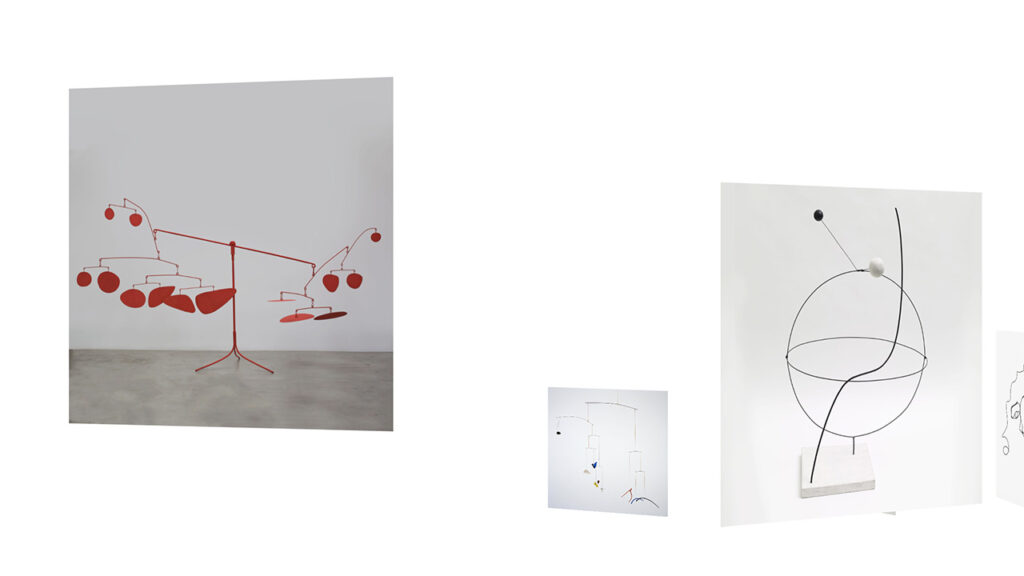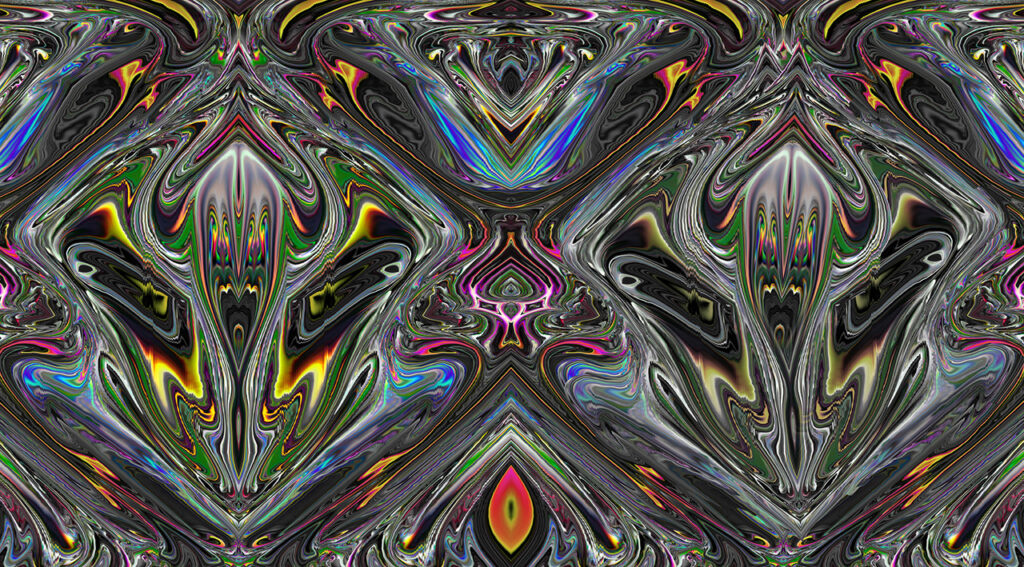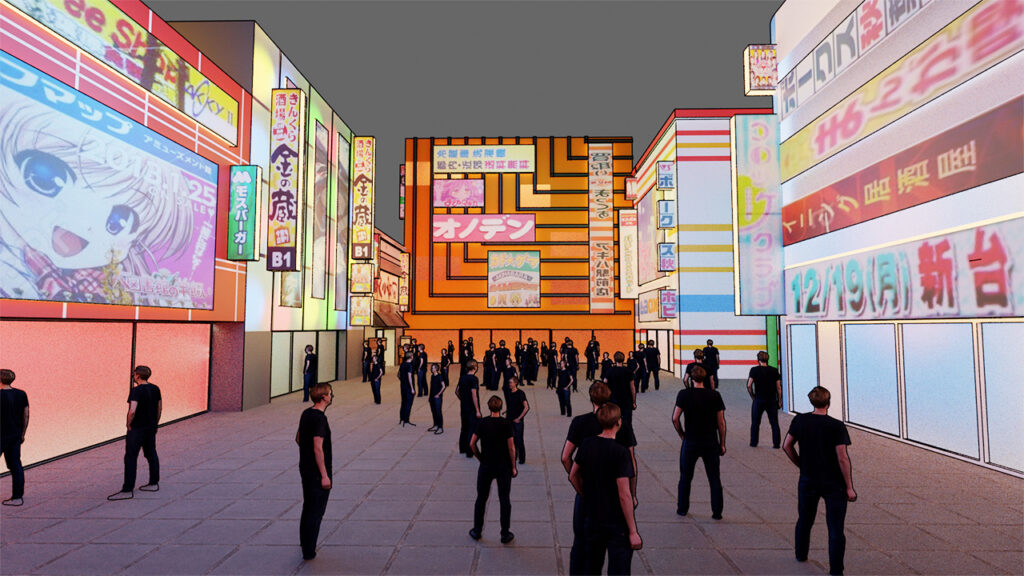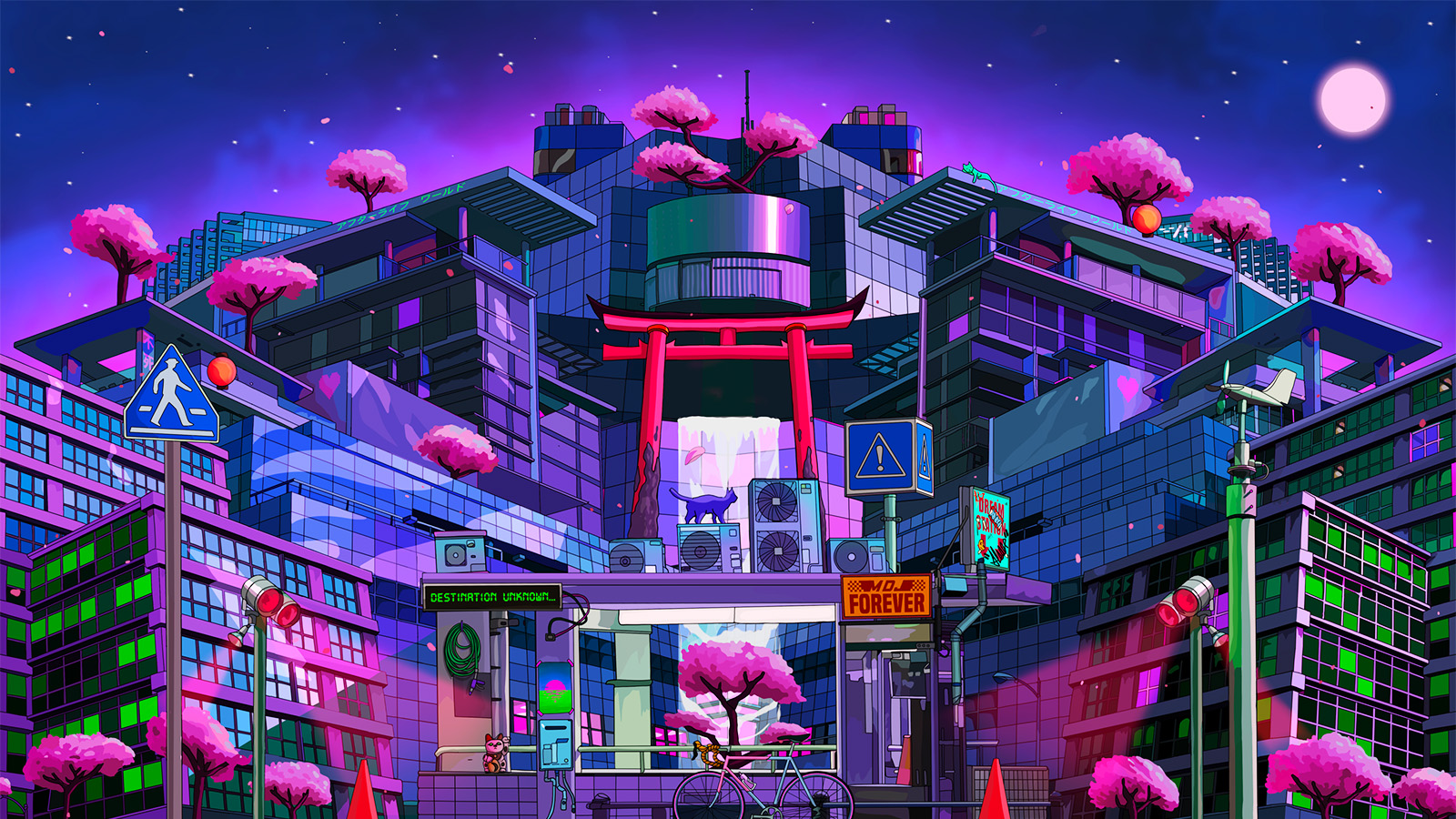Midway through the second day of Christie’s 2022 Art+Tech Summit, Audrey Ou, a panelist and Co-Founder of TRLab, dropped the classic John Lasseter line, “Art challenges technology, and technology inspires art.” It’s a quote that neatly captured the conference’s explorations into the ever-ongoing dialogue between art and technology. But as well, it resonated with the event’s particular focus this year: on how Web3 technologies are driving art creation and commerce, and vice versa.
Fitting for the auction house behind the Beeple sale that unbolted NFT trade (and now, Christie’s Ventures), Christie’s fifth Art+Tech Summit arrived with a full slate of programming that surveyed today’s and tomorrow’s Web3 space and marketplace. Across two days this week, digital collecting, online communities, NFT regulation, and tomorrow’s metaverse experiences were variously discussed with both frank and bullish takes. Sure, the crypto winter will be rough and NFTs might eventually go to zero, but the prevailing sentiment throughout the conference held that digital art, as a form, will persist. “Quality rises to the top,” as Adam Lindemann, Principal of Venus Over Manhattan, reflected.
All speculation aside, here are some key takeaways from the conference highlighting the latest thinking and developments in art+tech.
Activating art in Web3

The Calder Question by the Calder Foundation and TRLab offers the latest instance into how Web3 can platform an artistic legacy for new audiences. Image: TRLab
“No OG could have predicted that it would be art that would bring [NFTs] into the mainstream,” said VC and collector Ryan Zurrer at “From Dot.Com to the Metaverse.” And yes, it goes without saying that the emergence of the NFT market has been a boon for digitally native creators and collectors — though Zurrer also recognizes a need for more infrastructure to build better experiences and displays around digital art — but also, artist estates.
For more than a year, Web3 experiences have been built around non-living artists from Victor Vasarely to Salvador Dali, with TRLab most recently announcing the Calder Question, centered on the work of Alexander Calder. Here, the technology has served educational and accessibility purposes, platforming artistic legacies for new audiences, thus “flipping the paradigm of access to art,” as Jehan Chu, Founder of Kenetic Capital, put it.
Doing so goes beyond offering ownership of a NFT, but underscores long-term communication and engagement. Leveraging Web3, living artists can manage their practice over time and across platforms, while artist estates can consider “how to make [their] artworks relevant and ready to be surfaced and activated,” added Chu. For the latter, noted Michael Hermann of the Andy Warhol Foundation, NFTs should be “additive and complementary” rather than existing “to the exclusion” of physical works.
Where museums and galleries fit

“We can’t just copy and paste traditional representation into the Web3 space,” said Ariel Hudes, Head of Pace Verso. Image: XYZ 0817 (Chinoiserie), 2012/2021, by Lucas Samaras / Pace Verso
Decentralization may be an animating principle of the NFT space, but as it is, the digital art market still holds roles for intermediaries, namely galleries and cultural institutions. However: “We can’t just copy and paste traditional representation into the Web3 space,” noted Ariel Hudes, Head of Pace Verso. Instead, working with Web3 artists demands a shift in how galleries represent creators — to allow artists to take the driver’s seat and to build a community around the work and its narrative. In short, “the gallery is a storyteller,” said artist Mad Dog Jones.
Chu, in “Protecting the Past While Looking Ahead,” also emphasized the role that cultural institutions could play in mainstreaming NFTs and setting best practices. Coming together, they could “crystallize diverse approaches into something that can be adopted,” he said.
Co-creation with a community
“People who buy my art are part of the story,” said Mad Dog Jones at “NFTs as a Gateway” — duly summing up the power of a community behind any NFT project. It goes without saying, of course, but this is where decentralization triumphs as an ethos, where artists, collectors, and enthusiasts can collectively have a hand in shaping a roadmap. “You have to be mindful of the community,” said Misha Libman, Co-Founder of ARSNL. “You have to speak to them and they’re going to speak back.”
Such a community could change how NFT art itself is made, opening roads into co-creation and in turn, spawning “dynamic artists responding to a dynamic collector base,” per Mad Dog Jones. Additionally, it could offer the space some form of self-regulation (in the absence, so far, of any real governmental regulation), “setting self-guided cultural standards for what we find valuable,” said Zurrer. “We vote with our wallets.”
Architecting a meaningful metaverse

“The metaverse will be commercialized,” said Janine Yorio, CEO of Everyrealm, “but ownership will be communal.” Image: Metajuku by Everyrealm
All of the above — art, NFTs, community — come into play in the metaverse, a sector that’s projected to generate billions in market value. Panelists at “Metaverse Platforms” and “URL to IRL” were naturally buoyed by the metaversal prospect, drawing out its diverse potential in monetization (namely through wearables), connection, and construction of identity. Sure, “the metaverse will be commercialized,” according to Janine Yorio, EveryRealm’s CEO, “but ownership will be communal.”
So what makes a meaningful metaverse experience? Isabelle Kitze, Co-Founder of Atomic Form surfaced elements not limited to gamification, discoverability, and a sense of responsibility to make these virtual environments alive and trustworthy for visitors. It’s a complex undertaking that, additionally, should also be made sustainable since “longevity drives value,” said Spatial’s Jacob Loewenstein. Above all, though, user focus is vital to ensure a virtual experience that’s as much spatial as it is social. “If we build it, they will come” is hardly a useful adage for metaverse builders, said Yorio; better yet is the approach, “If they come, we will build it.”



